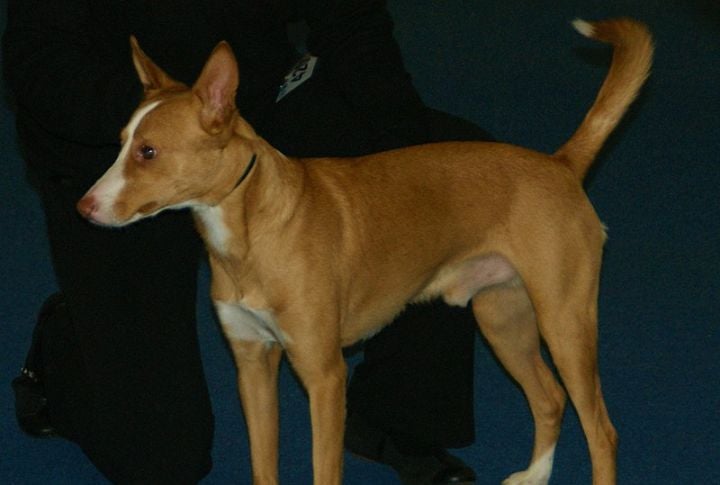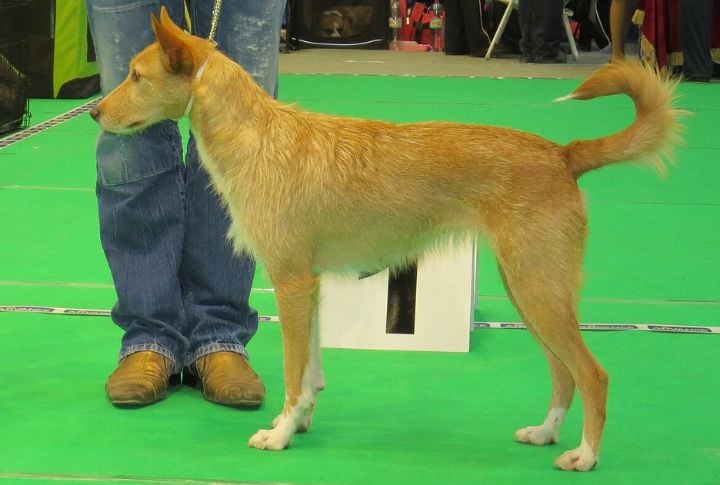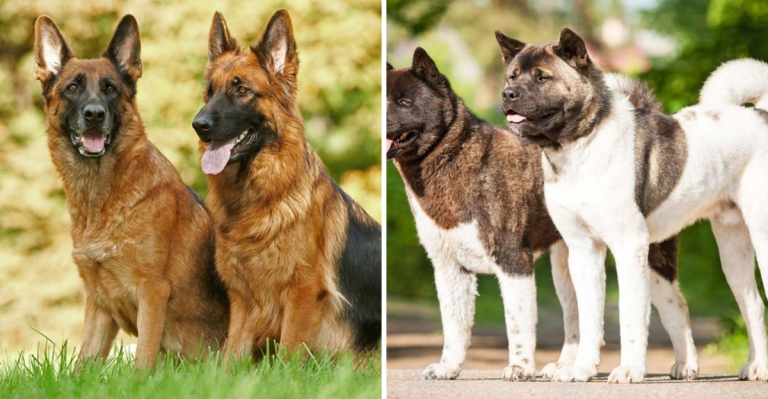15 Ways The Portuguese Podengo Breaks All The Rules Of The Dog World

Portuguese Podengos go beyond the usual hound behavior. Their skill set, history, and temperament often raise eyebrows, even among breed experts. Curious what makes them so unpredictable? These 15 traits explain how a breed this old still manages to stay full of surprises.
Master Of Both Sight And Scent Hunting

Born to chase, the Portuguese Podengo relies on its sharp eyes and strong nose. Most breeds specialize in one or the other, but this hunter handles both. Used for rabbit hunting in Portugal, it spots movement and picks up scent trails like a dual-purpose machine.
Versatility Across Three Distinct Sizes

Size usually predicts a breed’s role, but not here. The Podengo comes in small, medium, and large varieties—each bred to hunt different animals. The smallest fit into rabbit dens, while the largest tackled wild boar. That kind of range isn’t easy to find in other breeds.
Distinctive Coat Types Suited For Different Climates

Coat texture varies more than expected. There’s a smooth type for speed and a rough coat that handles rocky terrain and shifting temperatures. Instead of one-size-fits-all grooming, this breed adapted to different Portuguese microclimates, creating built-in versatility long before modern grooming trends.
Ancient Origins Dating Back To Phoenician Times

Trade ships from Phoenicia brought these dogs to Iberia around 3,000 years ago. That puts the Podengo among the oldest known hunting breeds. Long before kennel clubs or breed standards, this dog was already thriving in Portuguese terrain. Not many breeds carry that much ancient credibility.
Exceptional Jumping Ability Surpassing Expectations

Clearing five-foot fences isn’t a stunt—it’s routine. The Podengo’s muscular legs and explosive energy make vertical leaps second nature. Originally, this helped with chasing prey across rugged cliffs. In urban spaces, though, it means owners better have a tall backyard fence.
Independent Yet Highly Trainable Nature

Some breeds stick to their handlers like glue. Not this one. The Podengo works independently during hunts but still responds well to structured training. That mix of free-thinking and obedience makes it feel more like a hunting partner than a command-following pet.
Minimal Grooming Needs Despite An Active Lifestyle

You’d expect a high-energy breed to need constant grooming upkeep. Instead, the Podengo’s coat (whether wired or smooth) rarely mats and sheds little. It handles rough play and daily runs without collecting leaves or dust. Nature engineered an efficient coat that keeps the dog ready for action.
Natural Affinity For Agility And Dog Sports

Nimble doesn’t begin to cover it. Podengos dominate agility courses with sharp turns, quick reflexes, and keen focus. Their hunting past translated beautifully to competitive sports. Trainers may even feel that they read the handler’s next move before it’s given.
Strong Prey Drive Balanced With Family Affection

Sure, this dog can chase small animals without hesitation. But inside the house, it curls up on the couch like a loyal lapdog. Many high-prey-drive breeds struggle to wind down around people. The Podengo flips that script completely.
Adaptability To Various Living Environments

Rural field or city apartment? You’re covered. Despite being built for wide-open hunts, the Podengo settles into smaller spaces as long as it stays stimulated. It’s not a full-on couch potato, but it also won’t tear through your drywall if they are taken out on walks often.
Distinctive Vocalizations Used During Hunts

Podengos use high-pitched yips when tracking prey. These sounds alert human hunting partners without startling the animal being hunted. This communication method has been passed down through generations of working dogs, and they rely on it to maintain contact in dense brush or tall grass.
Historical Role As Shipboard Ratters

Sailors prized small Podengos for their agility in tight quarters. On Portuguese ships, they hunted rats that threatened food supplies and chewed ropes. Their balance and speed made them beneficial during long voyages. Not many breeds can claim a maritime resume.
Primitive Breed With Minimal Genetic Alteration

Modern breeding has reshaped many dog breeds beyond recognition. Podengos, though, kept most of their ancient traits. Thanks to isolation in rural Portugal, selective breeding stayed practical rather than cosmetic. What you see today closely mirrors the dog from centuries ago.
Uncommon Tolerance For Cold Temperatures

Despite hailing from warmer Mediterranean climates, these dogs surprise many with their cold resistance. That’s especially true for wire-haired types, whose dense coats trap warmth. Hunters often took them into cooler highland regions, where they showed little discomfort in chilly dawn air.
Remarkably Long Life For An Active Hunting Breed

These agile hunters often live for around 14 to 17 years. That’s impressive for a dog bred for action and endurance. Only a few working breeds match this kind of lifespan while staying so physically capable into old age. It’s a gift that comes from centuries of hardy genetics.






